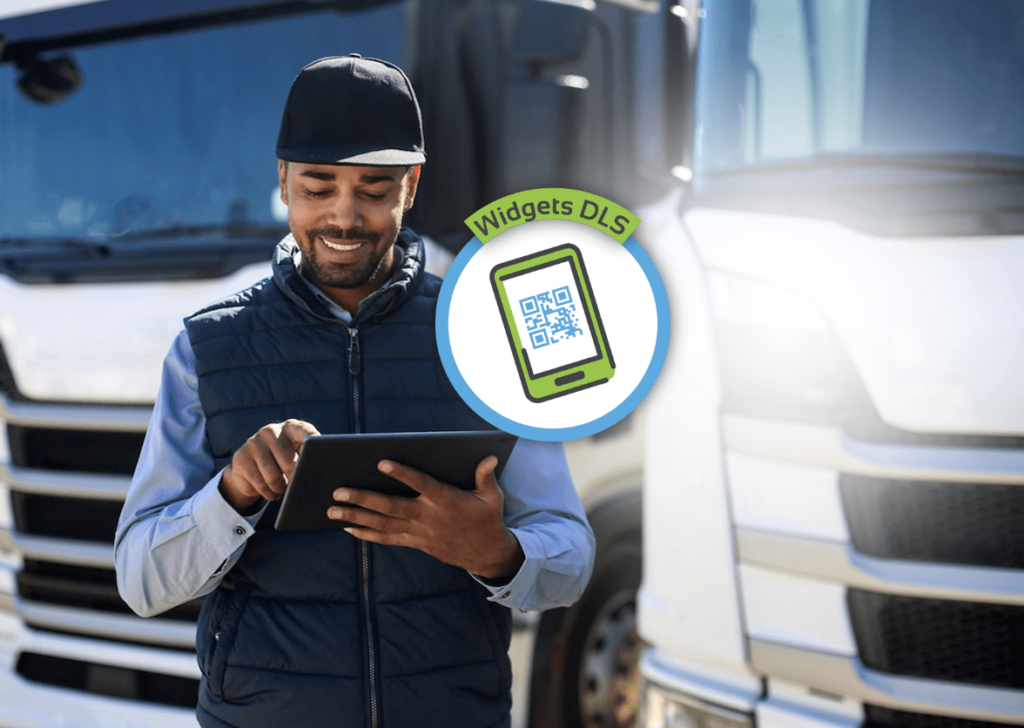C
ontactless check-in system: an innovation to avoid viral or bacteriological contamination.
Delivery drivers, reception, yard and security staff are at risk of viral and bacteriological contamination. So are the products handled or stored. It’s not always easy to implement distancing and protection measures as they can be cumbersome, expensive and sometimes ineffective or even counter-productive.
To address this, Digital Logistic Services offers a 3-pronged solution: zero contact, 100% safety and 100% health.
- ZERO CONTACT
On arrival at a logistics or industrial site, the driver uses his smartphone to scan a QR-Code located near the reception desk or the security post. A DLS widget is automatically activated and prompts the driver to enter his appointment number and other details. A QR-Code is then displayed on his smartphone. Once the site, equipped with a DLS platform, authorises entry, this QR-Code can trigger the automatic opening of barriers or gates (for both check-in and check-out). The whole process is contactless, thus substantially reducing the risk of contamination. All logistics and industrial sites may be eligible for contactless driver check-ins.
- SAFETY
The Digital Logistic Services system can integrate protocols containing a whole range of health and safety protocols. These are usually displayed in the driver’s own language at the reception desks and through the dedicated mobile app. Site maps can also be made available which can help the driver move safely in the yard. All of this helps lower the risk of contamination by minimising close contact between delivery drivers and yard staff.
- HEALTH
The driver mobile app will include a smart module able to check, from a simple medical questionnaire, if a driver has a contagious condition (virus, bacteria). At regular intervals, all drivers will have to fill in this questionnaire for their arrival on site. If such a condition is suspected, yard staff will be informed via the Digital Logistic Services platform so they can take all necessary precautions and avoid contamination. The module was designed by Dr Loïc Etienne, a doctor who pioneers tele-medicine and artificial intelligence for diagnostic purposes, in particular for rare conditions.
